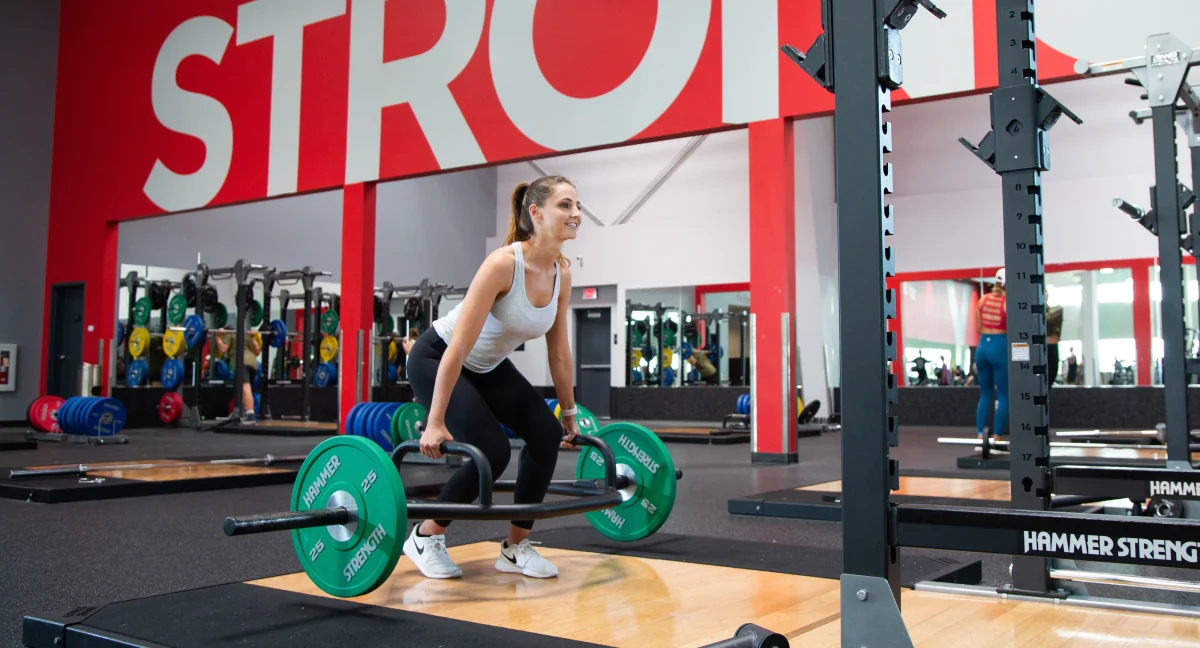Runners are often known for their lack of flexibility, and these tight muscles can lead to future injuries if not addressed with a proper warm-up and strength training plan. In general, tight muscles tend to be weak muscles because the body limits its range of motion to prevent instability. As muscles become stronger within a greater range of motion, mobility typically improves.
The Tight Hamstring Myth
Many individuals, even runners, who believe their hamstrings are tight, may have weak hamstrings due to a sedentary lifestyle and underuse in everyday activities. For these individuals, traditional static and dynamic stretching may not effectively improve hamstring flexibility. So, how can you enhance flexibility without relying on stretching? Keep reading.

Strength Training for Runners
Proper warm-up and cool-down routines on running days are important to prepare your body for performance. However, a well-rounded strength training program is crucial for most runners to enhance their flexibility.
Squats, deadlifts, lunges, planks, push-ups, pull-ups, and calf raises should be fundamental components of a progressive strength training program. It’s essential to be aware of your limitations when performing these exercises. If you have a history of knee or back pain, start with a limited range of motion for each exercise and gradually increase it over time.
Your body will adapt and become stronger. Training regularly (ideally two strength sessions a week for runners) and improving your movement capacity will make you feel stronger and may even lead to an improvement in your running performance. Over time, you’ll be able to lift heavier weights, but initially, the focus should be on increasing the depth of each exercise before adding more weight.
Warm-Ups and Cool-Downs
Just like your running workouts, your strength training sessions should begin with a dynamic warm-up and end with a cool-down incorporating static stretches targeting the areas of your body that you worked on. Pay attention to proper form during all your exercises to prevent injuries, and gradually increase the intensity and volume (sets and reps) of your strength training as you progress. If you feel very sore or fatigued, it’s important to listen to your body to avoid overtraining.
Incorporating a strength training routine into your regular training schedule can help address muscle tightness by strengthening weaker muscles, which can improve your running performance and potentially lower the risk of running-related injuries.
The post How to Improve Flexibility for Runners appeared first on VASA Fitness.


